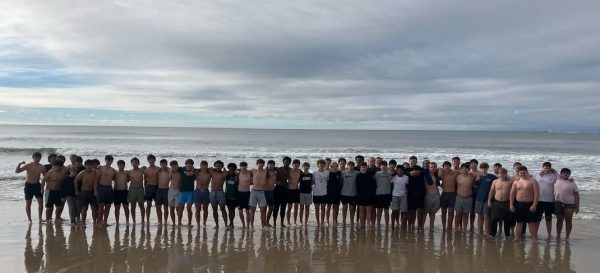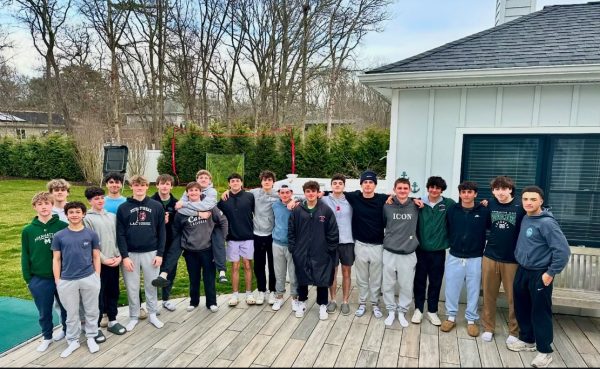Evening the Score
A baseball field at USMA/West Point.
In this day and age, it has become more “normal” for girls to compete in “male” sports and for boys to compete in “female” sports. If anything, those who do such an action are considered to be trailblazers, shattering the barrier between the sexes in athletics. They are the future of the sports world, and Long Island is proud to have three such trailblazers in addition to those nationally recognized.
“There continues to be close to no girls participating in either wrestling or football–girls comprised less than 2% of wrestlers and 0.1% of footballers in 2004” (Stevenson). Despite those low statistics, the Island has one athlete in each percentage.
One such athlete is the kicker for ESM’s football team: Nijay Brown. She takes powerful goal kicks in soccer, launching the ball over 70 yards to the 18-yard box on the opposite side of the field. Because of her “iron foot,” she has been recruited to kick all field goal attempts and PATs (extra points after touchdowns). She had also scored the winning point for the first-round playoff game against the Hurricanes in November.
Another athlete is, or was, one of the wrestlers for Commack: Kayla Brown. She wrestled in exhibition matches last year, but switched over to track in November, where she is currently ranked in the top 50 in New York for the indoor shot put.
The most notable athlete from the Island, receiving national attention from ESPN, is Keeling Pilaro. Keeling played field hockey for Southampton’s varsity team for three years after moving from his native Ireland, and received a ruling from Section XI in 2012 barring him from the sport. During his stint at Southampton, Keeling received accolades of being the top scorer, despite his gender. Although he was smaller than most of the girls on the team, “[Section XI] told him that he was ‘too dominant’ and ‘a threat’ to others playing the sport” (Kwak, “Title IX Timeline”). As a result of the ruling, he now attends a school in Virginia where he plays field hockey.
Maybe it was a fear that Section XI had of a male playing a “female” sport, but also have to take into consideration that Section XI had allowed females to compete in “male” sports. However, Section XI had ruled that in wrestling, females could only compete in exhibition matches. That makes sense, for males are generally stronger than females due to muscle mass.
Title IX has led to evolving gender norms about sports. However, “the decline in men’s participation in minority sports such as field hockey, badminton, and gymnastics following the rise in participation by girls may reflect social concerns about playing a ‘girls sport’” (Stevenson). It’s 2015. We shouldn’t make such a big deal out of student-athletes like Keeling Pilaro, or Nijay Brown, or even Mo’Ne Davis of Little League World Series fame. Mo’Ne made headlines last summer by pitching 70mph fastballs against boys her age, striking them out pitch after pitch. In a “single sex/gender sport,” athletic ability should be the only thing to take into consideration, not the person’s assigned sex or gender.
Sources utilized:
“Title IX Timeline” – Sarak Kwak, “Title IX” edition of Sports Illustrated (May 7, 2012 edition)

Lucy is a senior at WHBHS and is thrilled to be contributing to The Hurricane Eye for her fourth consecutive year. She spends most of her time competing...







